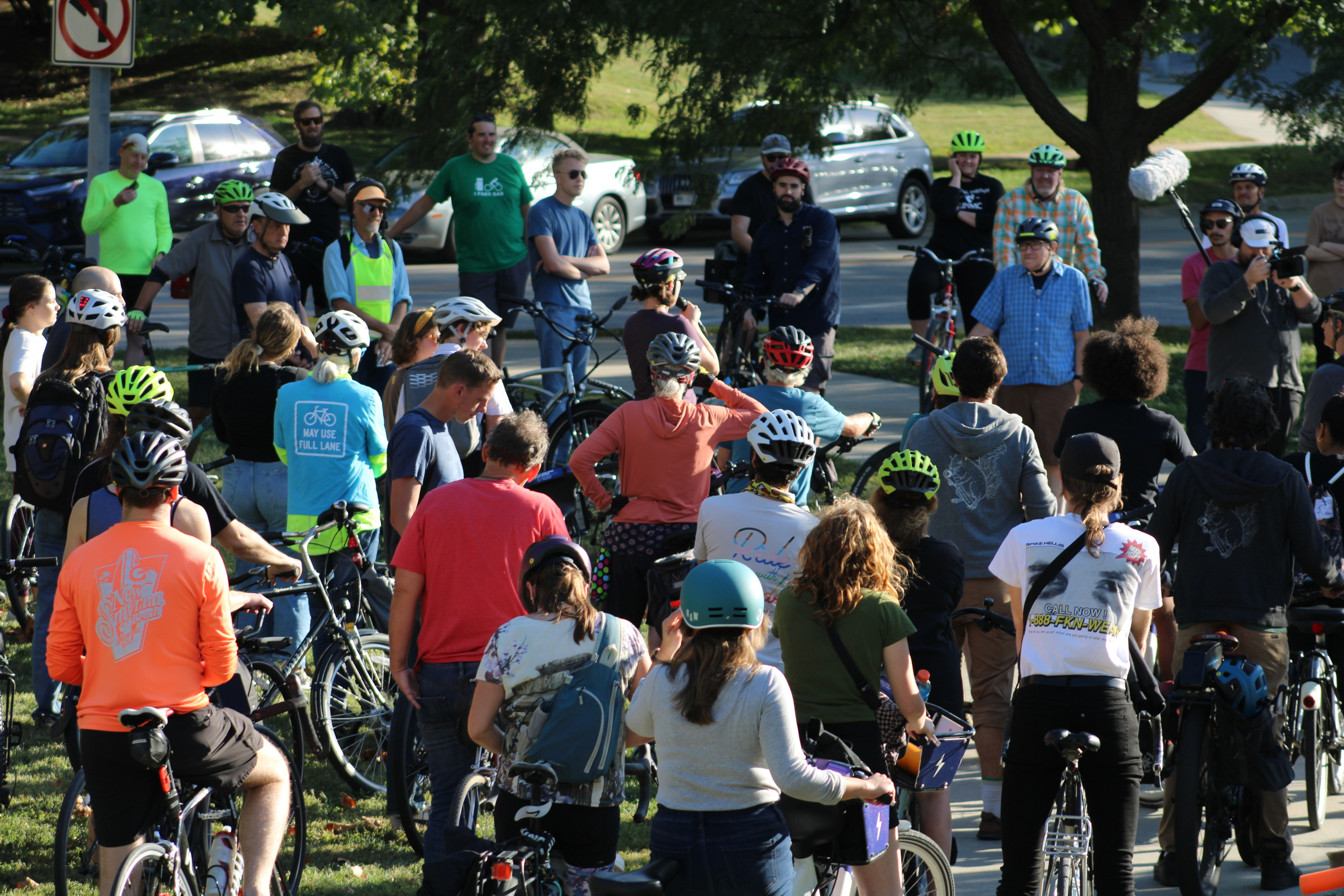This is the first in an occasional series of posts that examine some of the terminology and concepts we use in transportation advocacy. Some of the terms are industry jargon and some of the concepts challenge conventional wisdom. Our goal is to help educate the public so we can have informed engagement with our civic agencies. Today we are tackling the concept of induced demand.
“The traffic is so bad, we need another lane.”
This is a common refrain by drivers and supported by the way traffic engineers have built our cities. We frequently see two or three lane streets widened to four or five lane roads. We have seen this most recently in the http://www.keepomahamoving.com/ work in widening several roads in west Omaha. It is a logical assumption that more lanes would mean less congestion until we look at the induced demand of those new lanes.
Why we drive
In a congested system, people often choose not to drive during the busiest times of day if they can avoid it. They might wait until a less busy time, use alternative routes, or simply not make certain trips. Aside from the trips that must be made, people’s willingness to drive is determined by their tolerance for traffic.
Effects of a wider road
Initially, a wider road will decrease travel times and reduce traffic. Since there is less congestion, more people are willing to drive at peak times. This will continue until we reach the old equilibrium point … the traffic will be the same as it was before the widening.
People also drive much faster on wider roads, ignoring the speed limits. This is especially true at non-peak hours when the road has far too much open space, allowing people to jockey lane-to-lane.
“But more people are traveling, isn’t it still an improvement?”
No. City streets are part of a much larger system. For example, a newly widened road might encourage people to live in a home further away from their job. These new drivers to an area help build the congestion. People are more willing to make unnecessary trips, or drive when biking or public transit would have also been good options.
Effects of all those lanes
The city is responsible for maintaining all of the roads. This past winter’s potholes showed just how far behind the city is in maintaining the roads we already have. Adding lanes only increases the city’s future maintenance liability. It also encourages sprawl development pattern over in-fill development, and makes our roads less safe, especially for people who are not in cars either by choice or circumstance.


Excellent post! There is also induced demand for transit, too. When transit capacity is increased in the form of shorter headways (more frequent service), demand increases to the point that each bus is handling more passengers than before the number of buses was increased. This is what happened to O-Metro’s Route 18 when headways were decreased from 30″ to 15″.